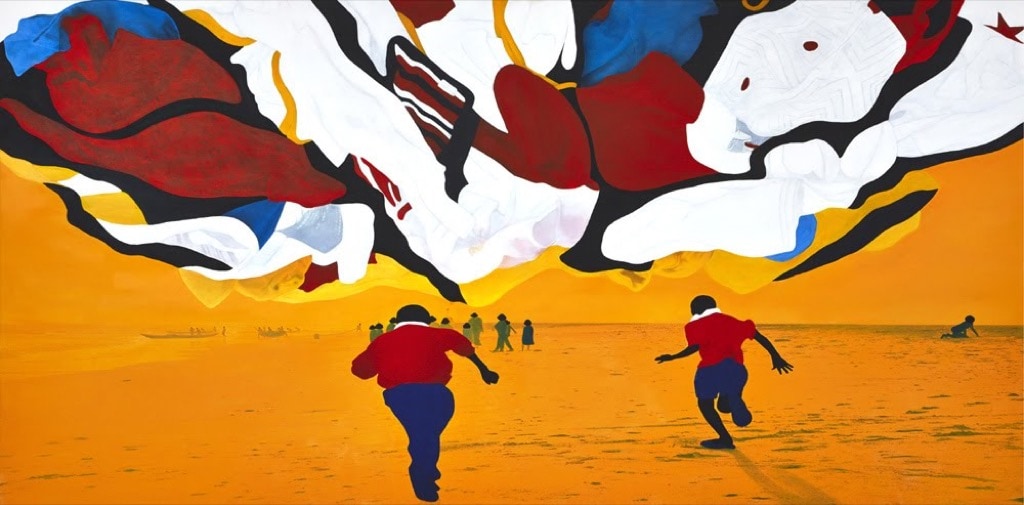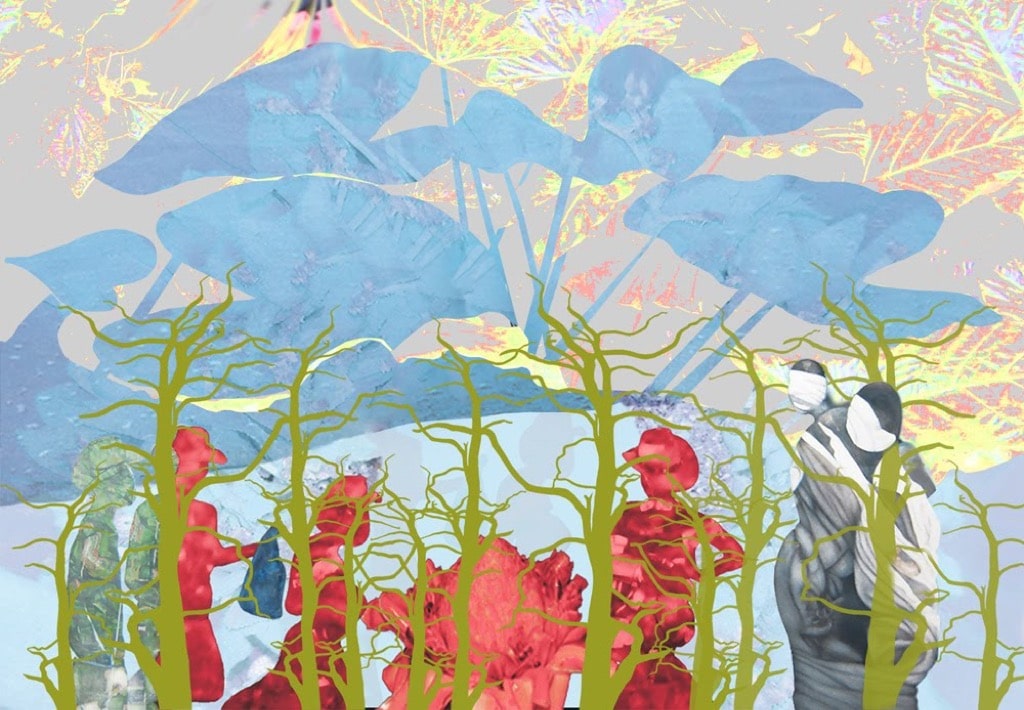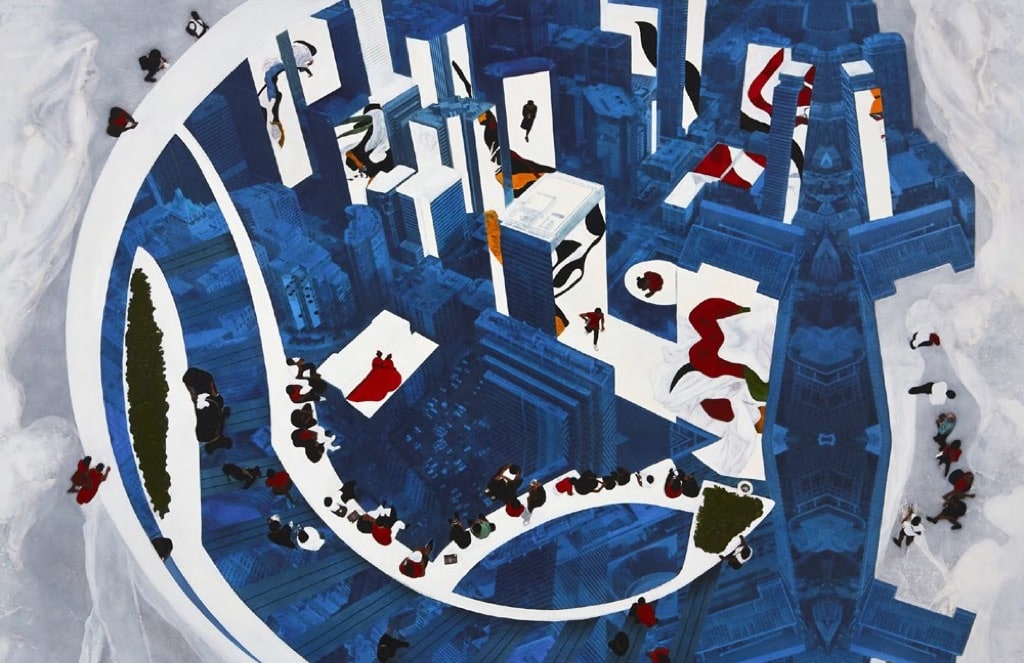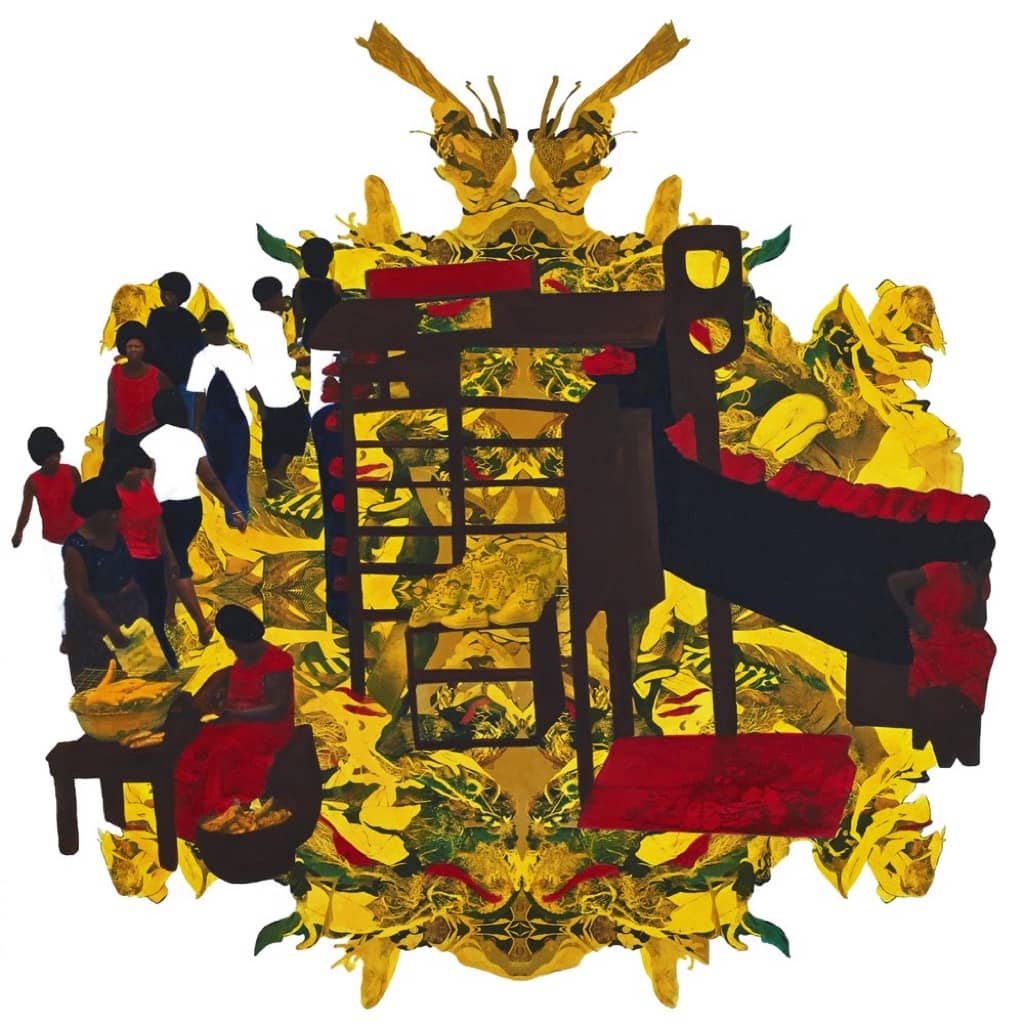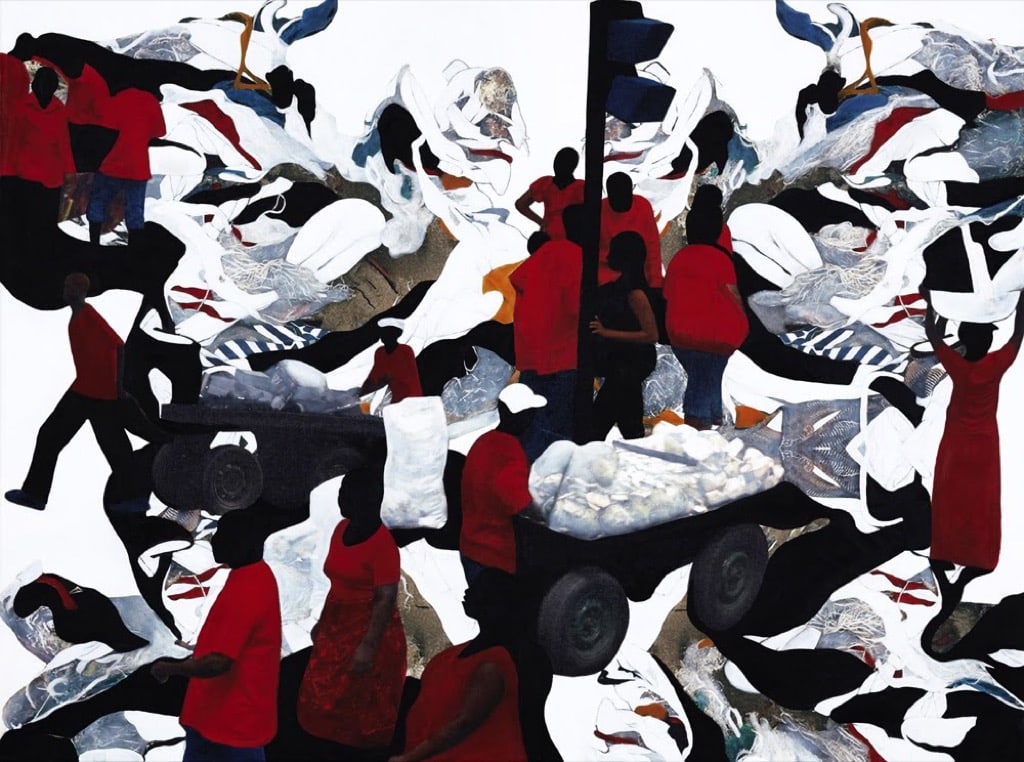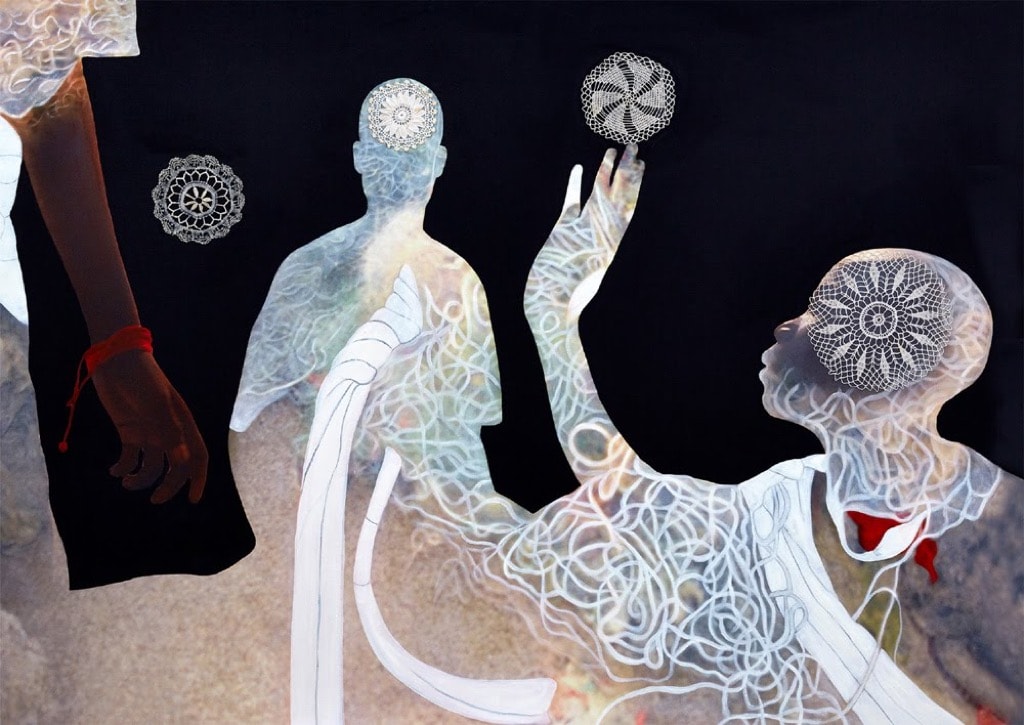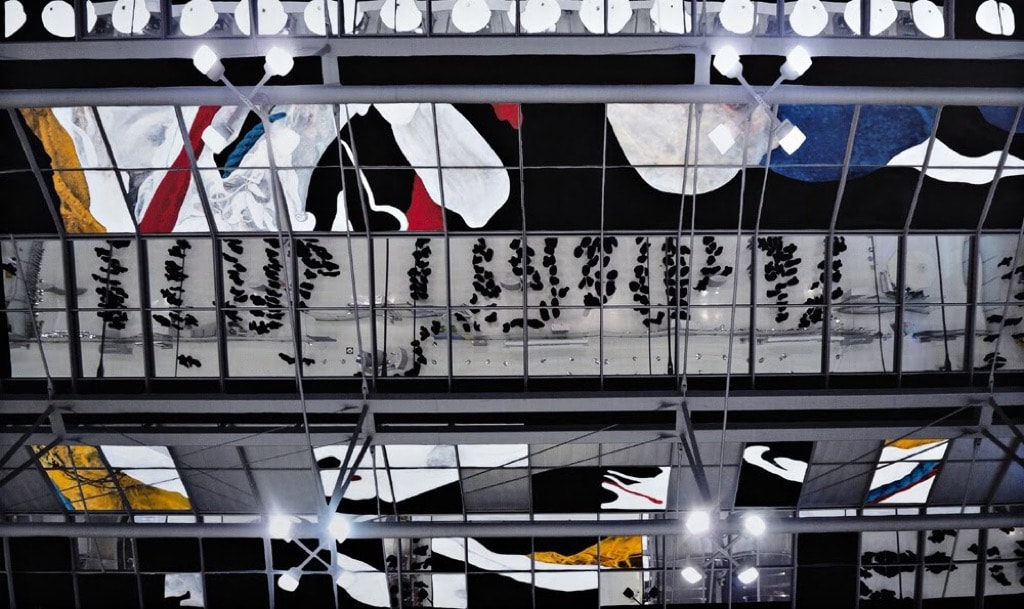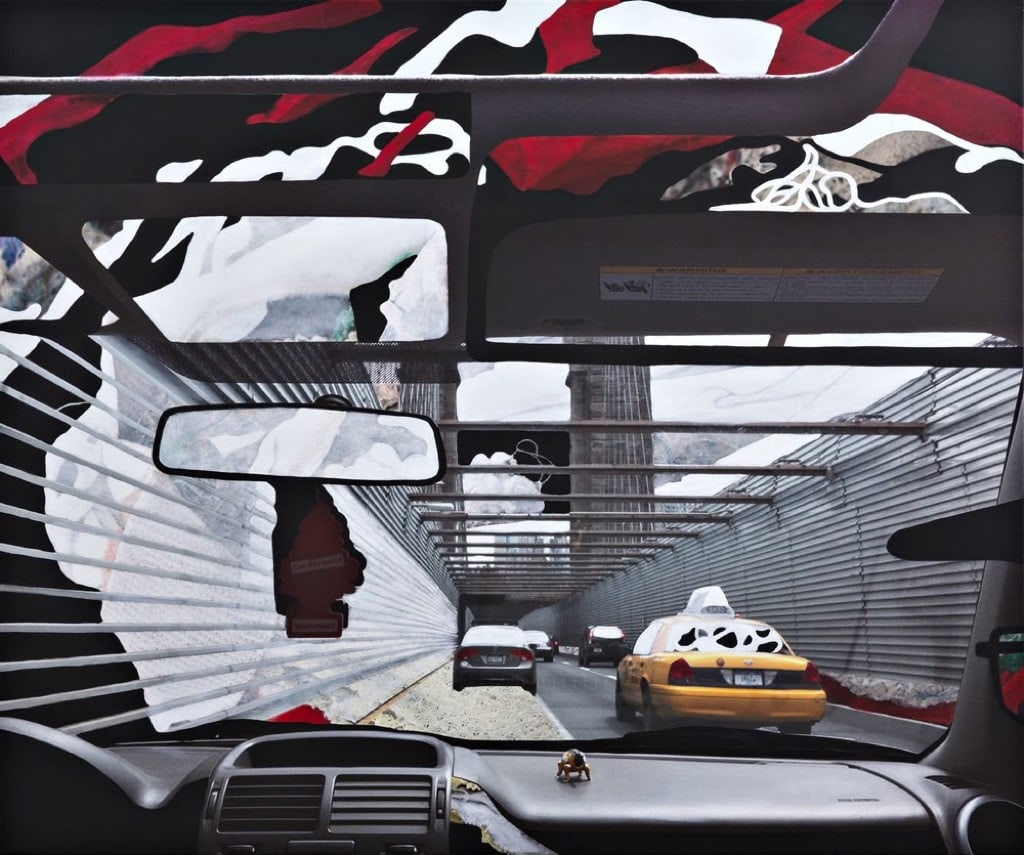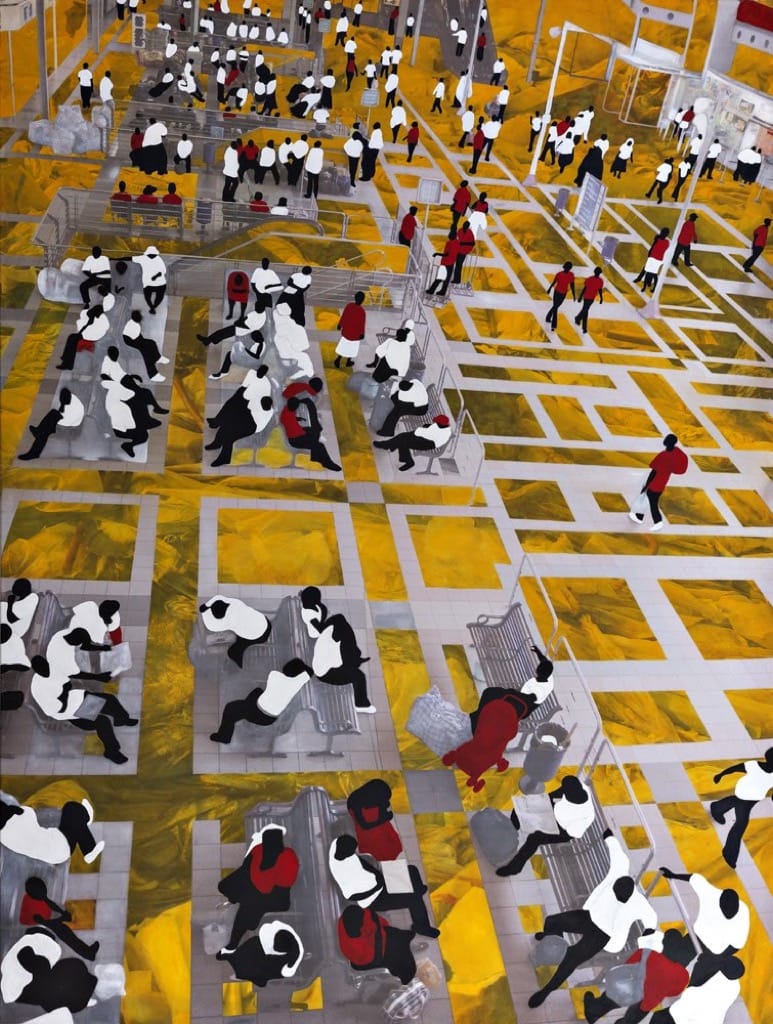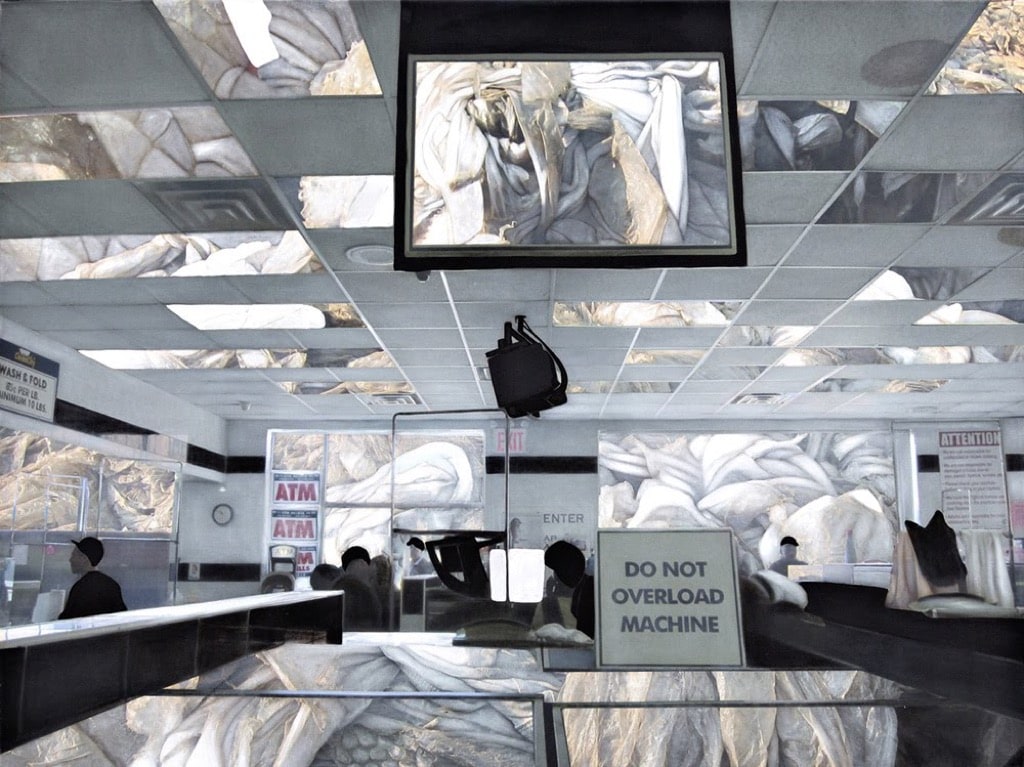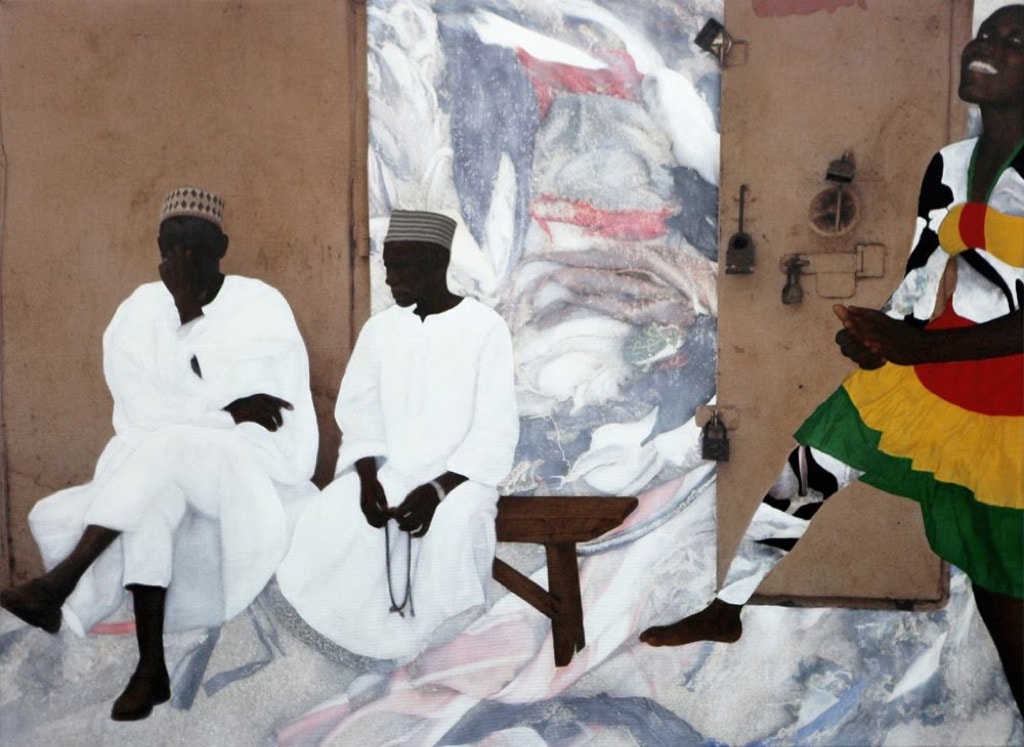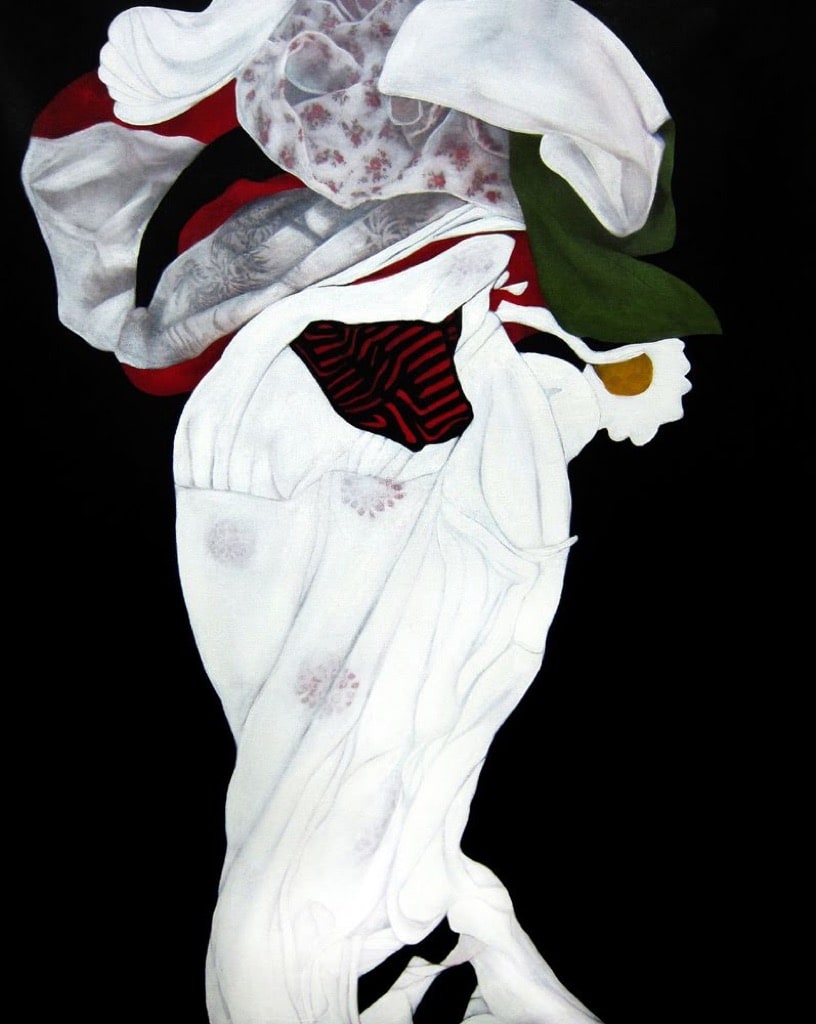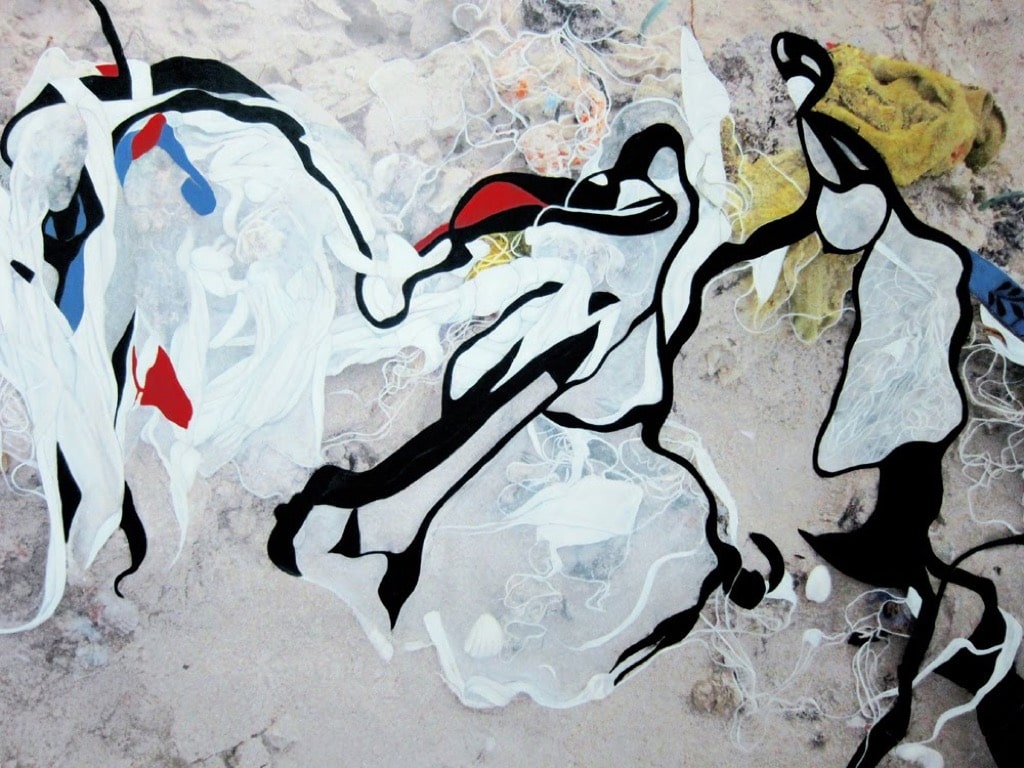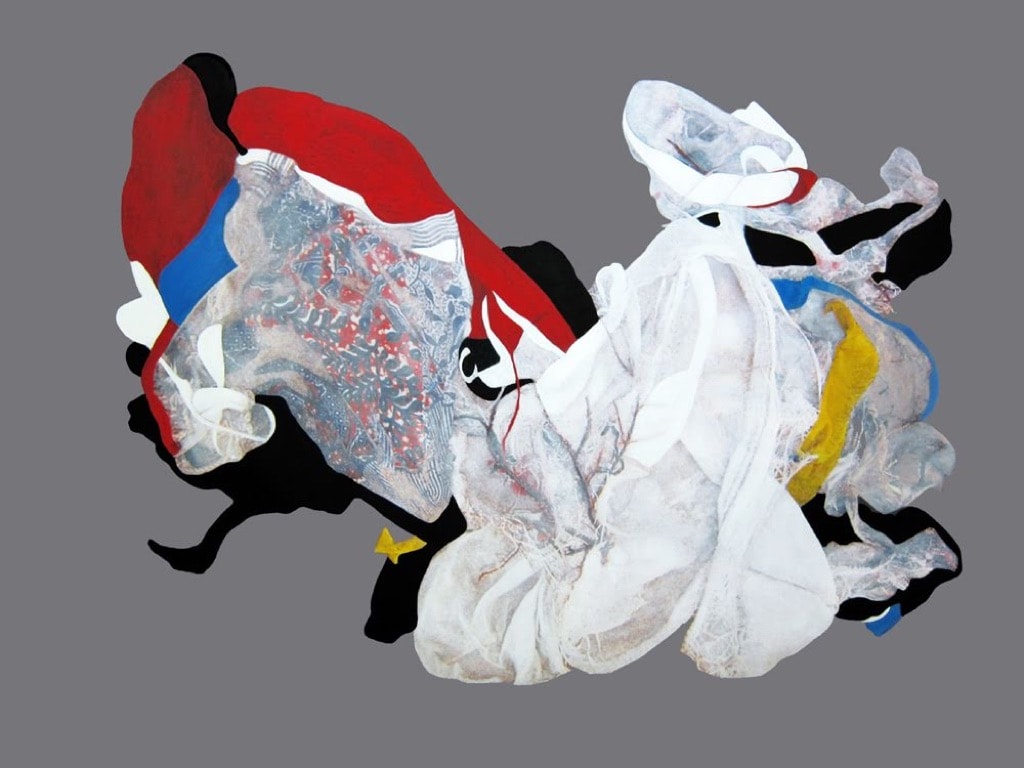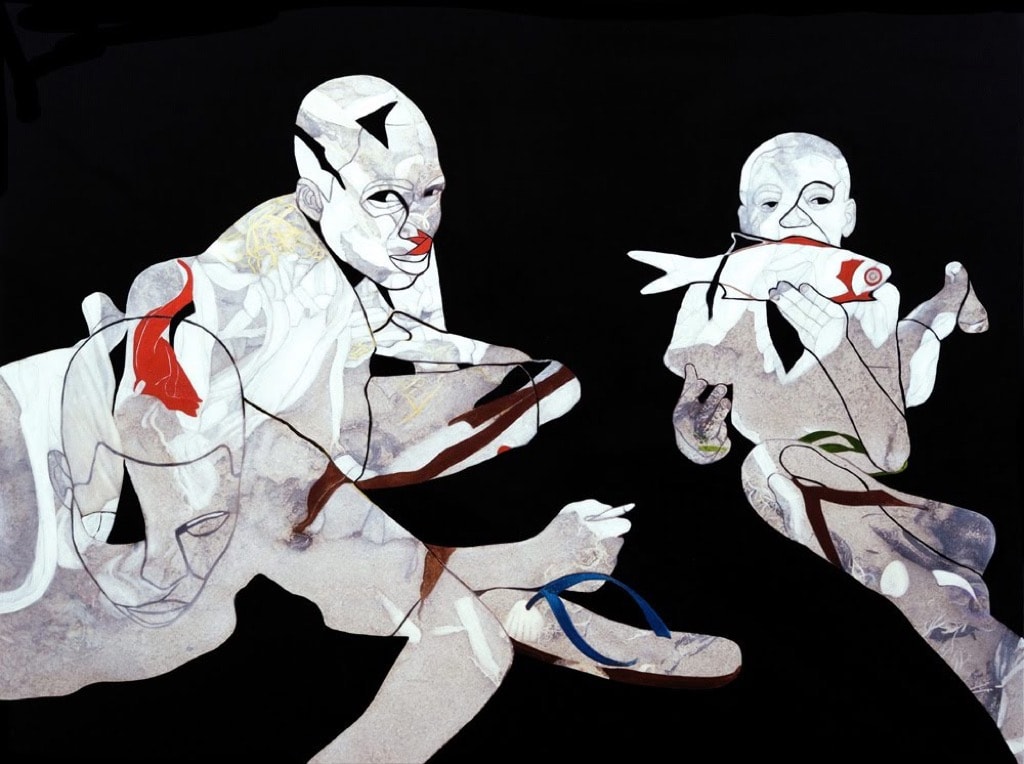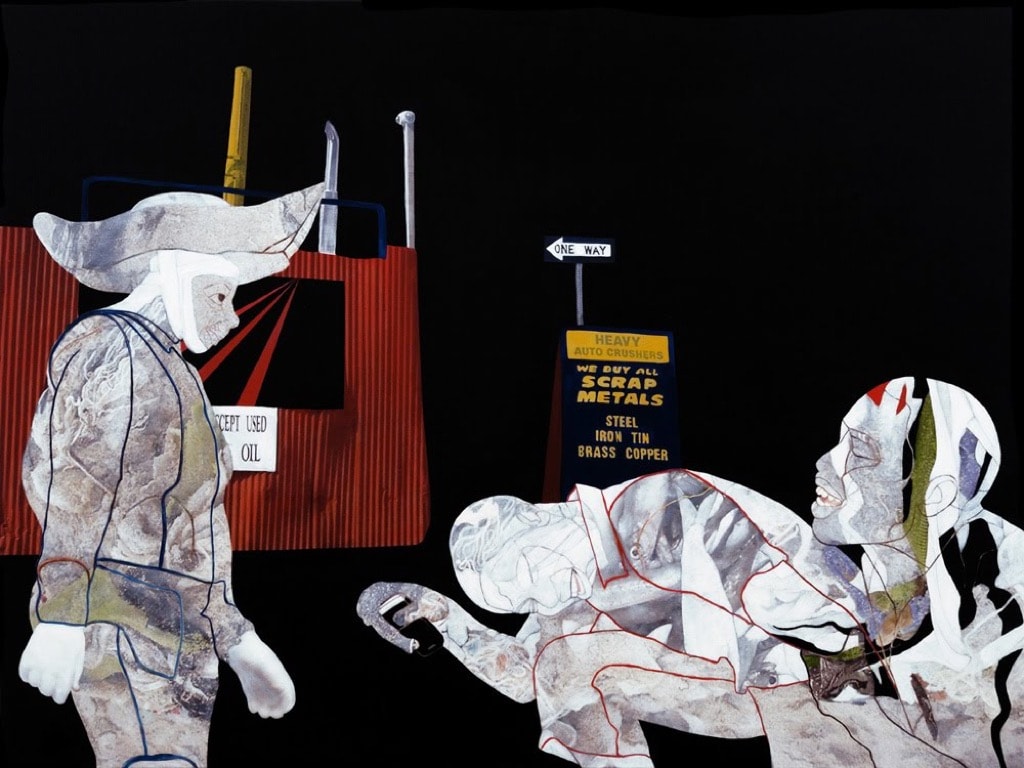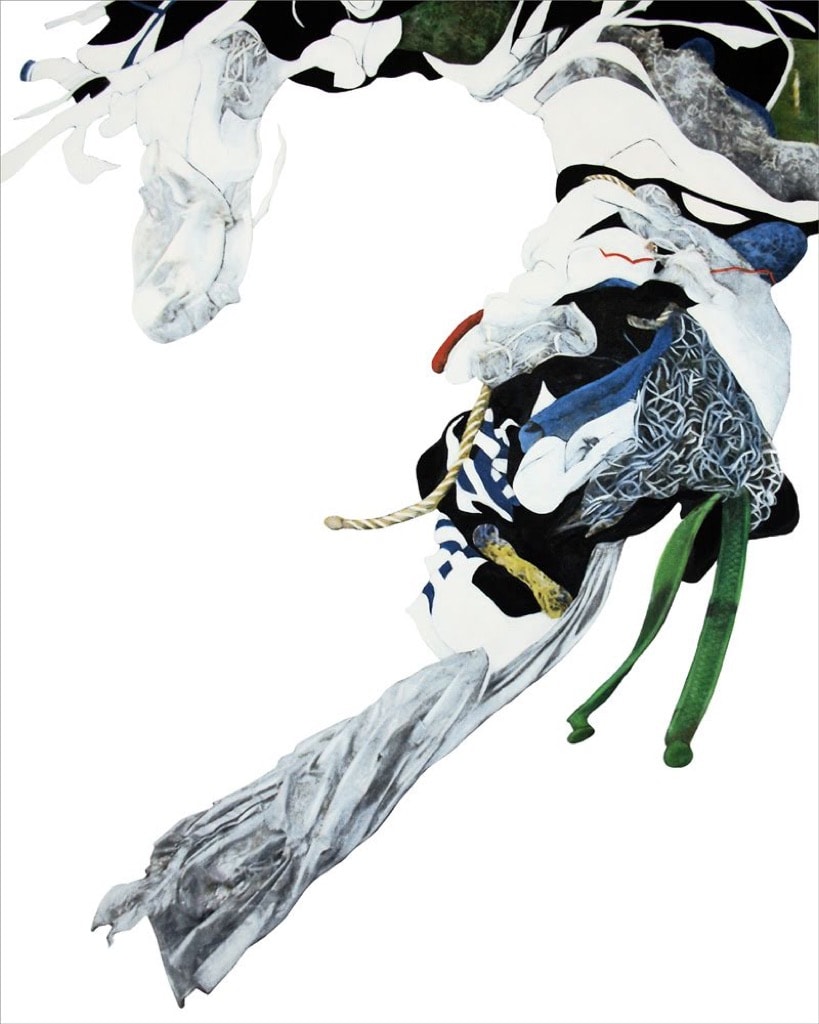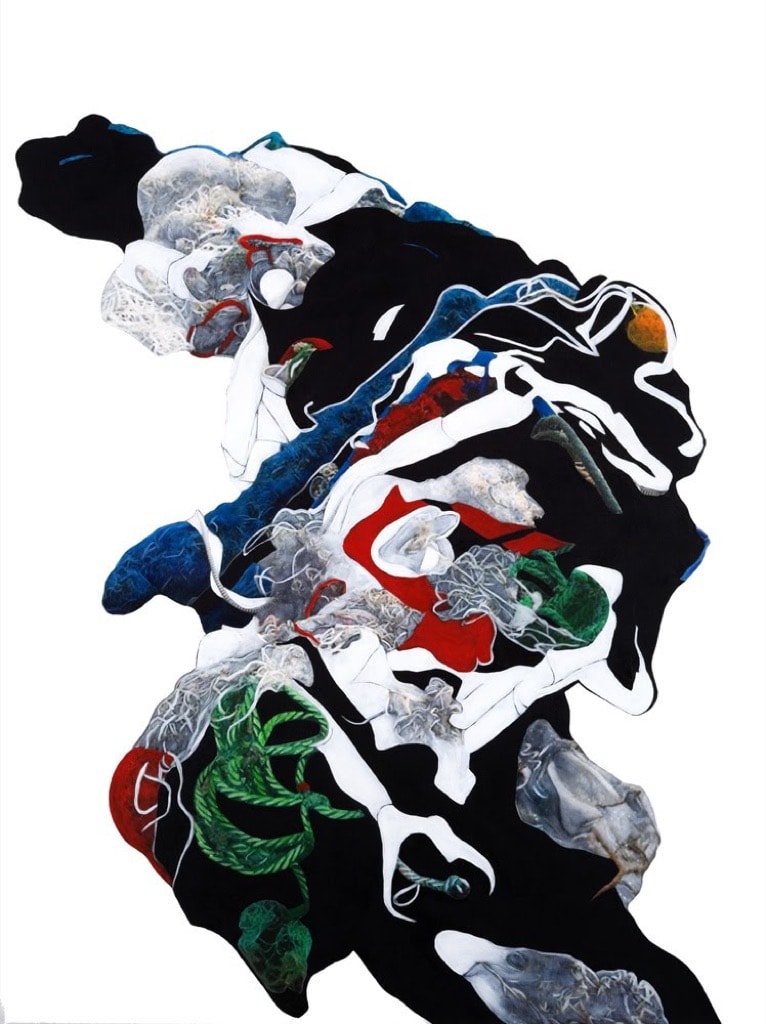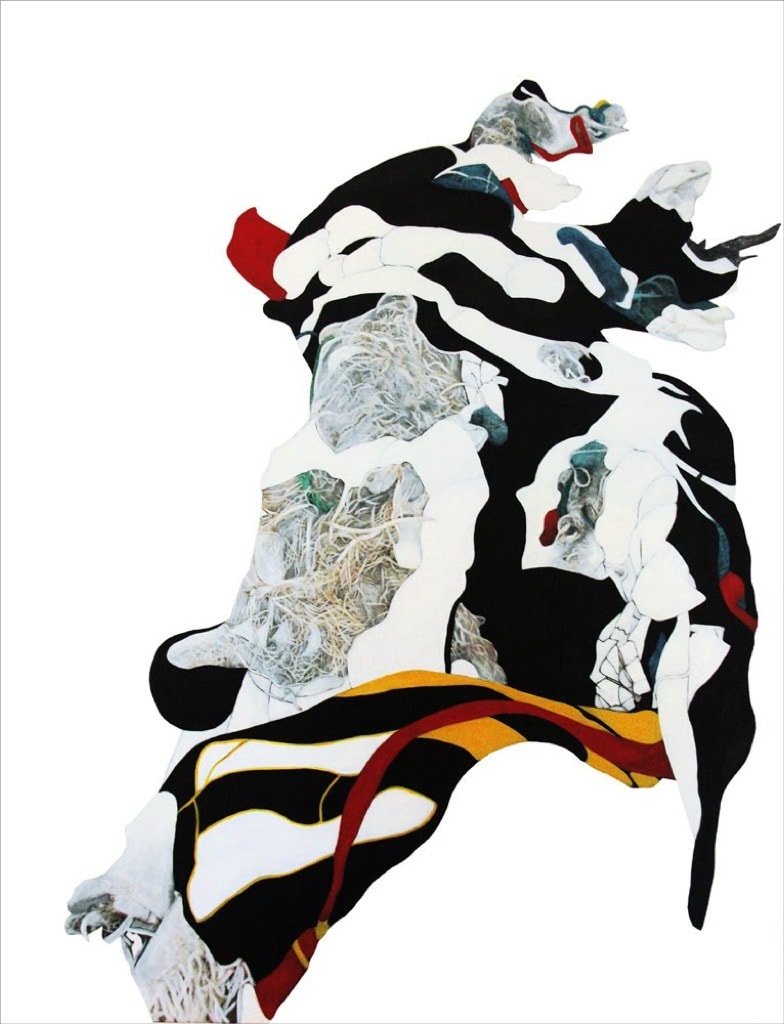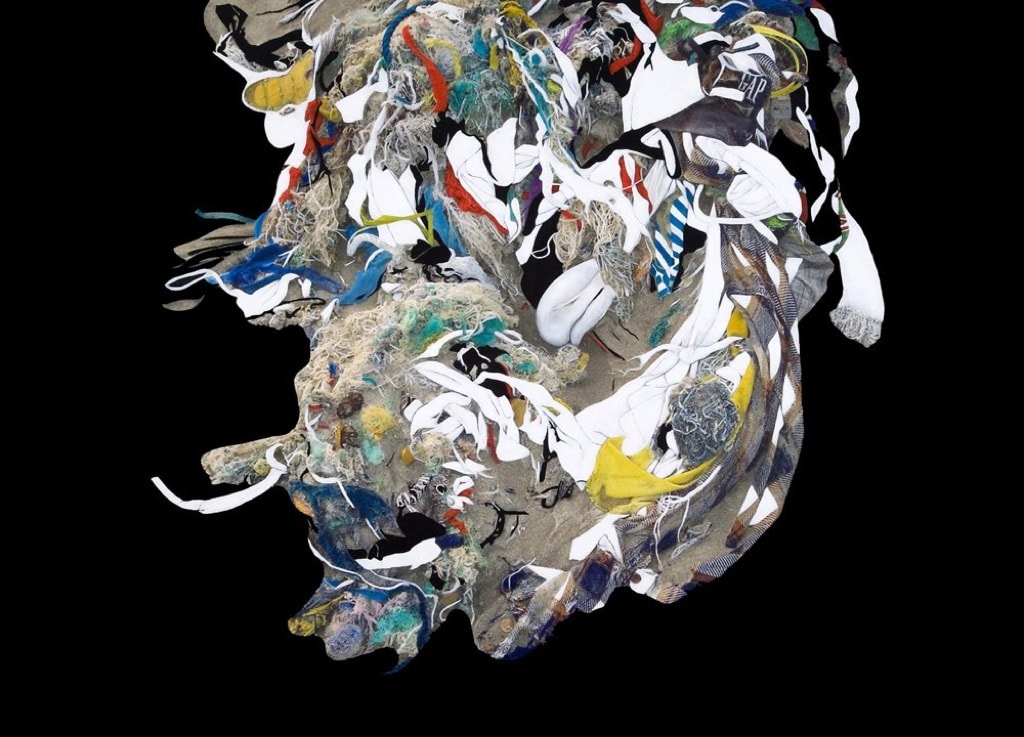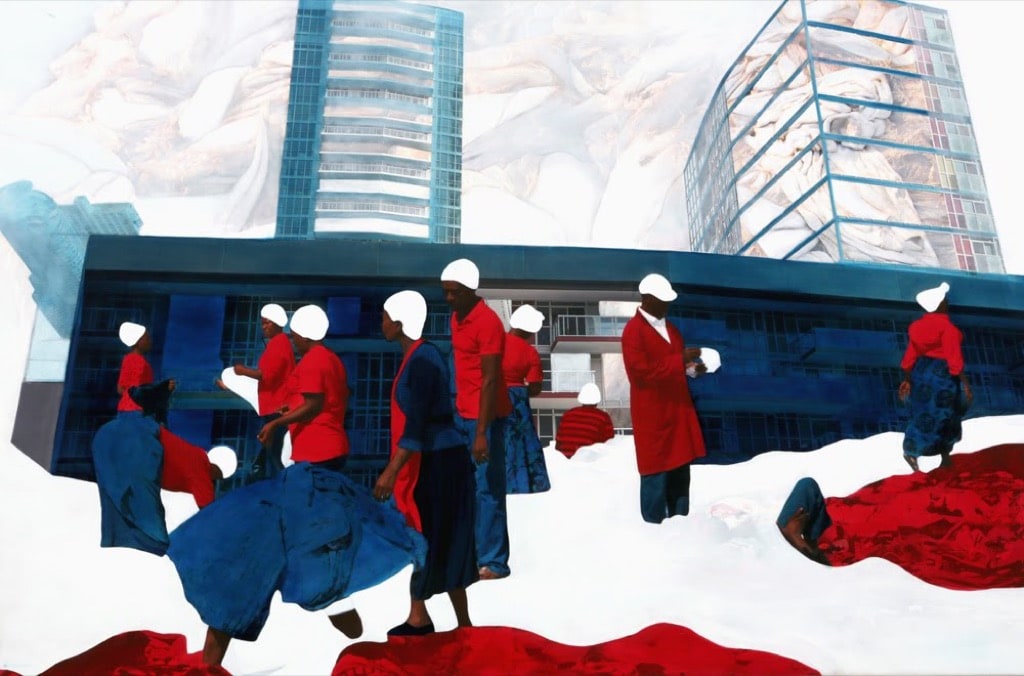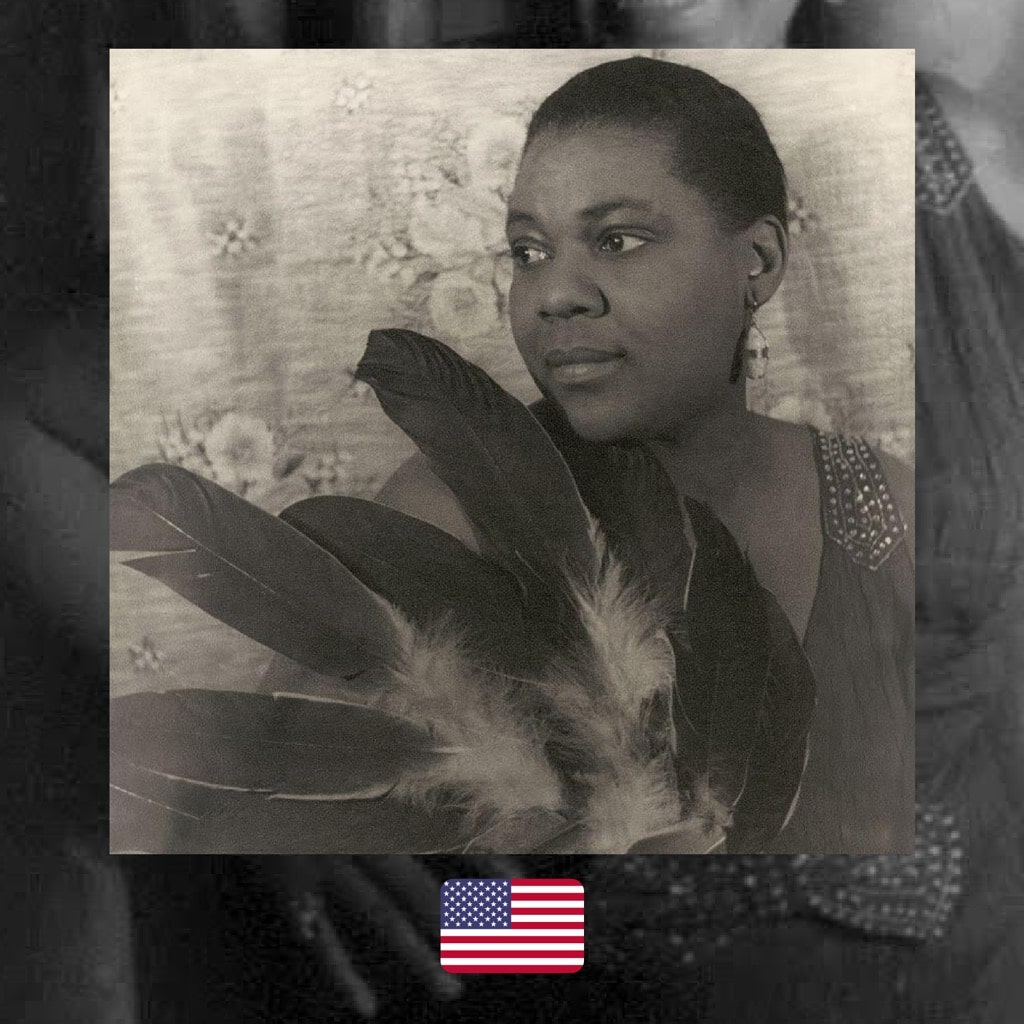Striking artworks bring attention to the untraced aspects of garment recycling and examine the oft-ignored class, racial and cultural implications of global pollution


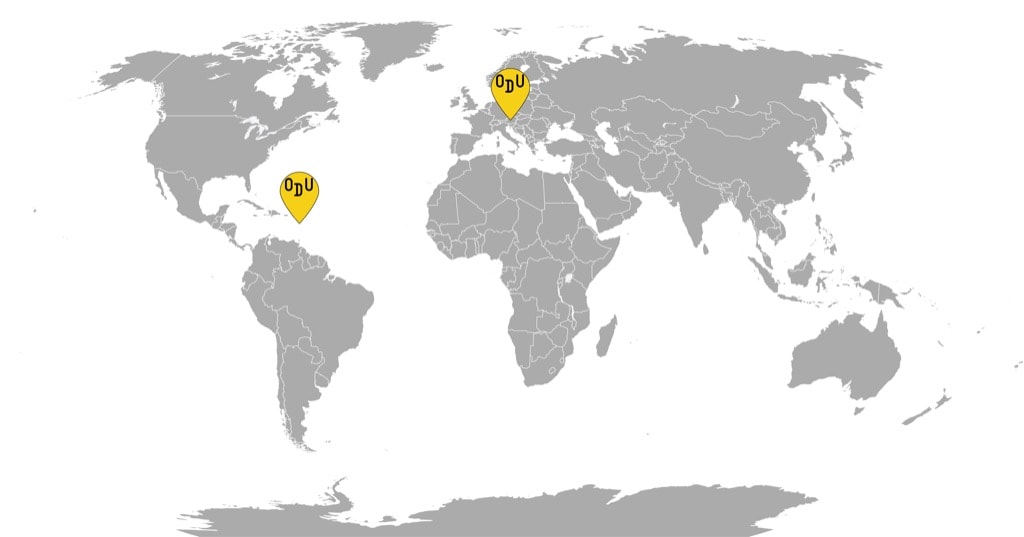
WHAT’S GOING ON: Abstract patterns with marbled, veiny textures upon closer inspection appear to be swaths of fabric, rags, and clothes spattered about in a dramaturgically arrange chaos. Sometimes they are organized into imagery reminiscent of body organs, sometimes into figures of people. At other times, they serve as a background to bustling city scenes, where humanity hurries about. Vast, ever-expanding, those bales of clothing grow in size until they can overtake landscapes, both rural and metropolitan, effectively turning the country into an overspilling laundry basket. The body of work of Dominica-born, Austria-based artist Pauline Marcelle is informed by her constant reflection on the practice of exporting used clothing from the West to the non-industrialized countries to be sold at the markets. Overreaching demand by far, those clothes have become a pollutant that slowly but inevitably overtakes the otherwise still pristine topography of their new homes, and risks enveloping the planet like an ever-growing cocoon.
WHO MADE IT: Pauline Marcelle was born in the small island nation of Dominica, grew up in New York City, and then went to get her MFA from the legendary Die Angewandte in Vienna. She has been working and living between Austria and Dominica ever since. However, her aesthetic awakening was linked to the trips Marcelle made to Ghana and South Africa, where she encountered the intriguing apparel economy firsthand. Comparing the consumerist societies where unwanted clothes are discarded at will and the way their cast-offs are reintegrated into entirely different communities, not necessarily with respect to their underlying structures, filled Marcelle with a fascination. She has since been using heaps of textiles as the underlying basis for her artwork. She recreates the fabric in her pieces using paint that she produces herself, or integrates them into the canvas piece by piece. Sometimes, she uses a striking palette where primary colors intermingle with the muted, at other times, resorts to all white. She centers the garments or lets them frame the dramatic human figures. But one thing remains Marcelle’s artworks, especially in her latest collection, “Bend Down Boutique,” are fascinating interpretations of the global garment industry and the way it influences the environments to change across the globe.
WHY DO WE CARE: For those of us living in the industrialized countries, the idea of “sustainably” discarding gently used garments is a comforting one. It seems to allow a near-constant chain of consumption, where changing fashions dictate when a clothing item needs to be swapped for a more current one. But what makes the idea palatable is the lack of awareness of what actually happens to the “recycled” clothing. Capitalist means made possible by othering? No big surprise. But the truth is that a considerable part of those clothes ends up in markets in the countries in sub-Saharan Africa, where Sharon’s dirty thirty custom t-shirt and Bob’s retirement Hawaiian shirt compete for a new life. This, no doubt, allows African hipsters, artists, and fashionistas to be resourceful and ironic, with plenty of material to scavenge. But the broader implications of the practice of Western hand-me-downs in effect paralyzes local clothing production, which in many African countries is very accomplished and superior to the cheaply made high street fashions. It also causes excessive accumulation of garment waste. And while there are effective ways to repurpose any rag, once a ton of useless castoffs starts lying around somewhere in a seaside market in Mozambique, it’s a short while before the garments are incorporated into a landfill or thrown into the sea. In choosing this issue to become the underlining concern of her works, Pauline Marcelle managed to hit an important issue and a very tender spot in the giant capitalist contamination carapace that surrounds the planet but will cave in any minute.
WHY YOU NEED TO PAY ATTENTION: Many global trends defy the logic of a world with borders, and nothing speaks to the disturbing material reality of the planet better than traceable objects that show just how polluting their journeys from place of origin to place of use to place of disposal can be. Many artists work with objects retrieved from the oceans or bellies of sea mammals. Plastic pollution of the oceans is much discussed, and even the tiny synthetic fibers that escape the washing machines, while miniature, have been considered a threat, and warranted the creation of objects that can help alleviate the refuse. But the issue of donated clothes showing up on the African shores is not as well explored, and by shedding light on it, Pauline Marcelle can show the many racial and class-related biases that surround the “recycling” practices. Most importantly, the subject of her work reiterates the basic patterns of pollution where the Western countries live vicariously through depriving their less privileged neighbors of clean air, clean oceans, and clean opportunities. Her impressive paintings render the unwanted garments into the obsolete fossils of fashion and show the way the world shrinks beneath a multi-fabric shroud: with humans blending into the background that allows the machine-woven goods to spread, consuming any differences and singularities that ever existed. A bold, intelligent artist who is not afraid to address the way cultural bias informs climate change and globalization, Marcelle is to be admired. She is a pioneer in the new generation of conscious artists whose works will, hopefully, chip away at the capitalist systems enough to dismantle them.
For more content like this sign up for our weekly newsletter
MORE PAULINE MARCELLE


